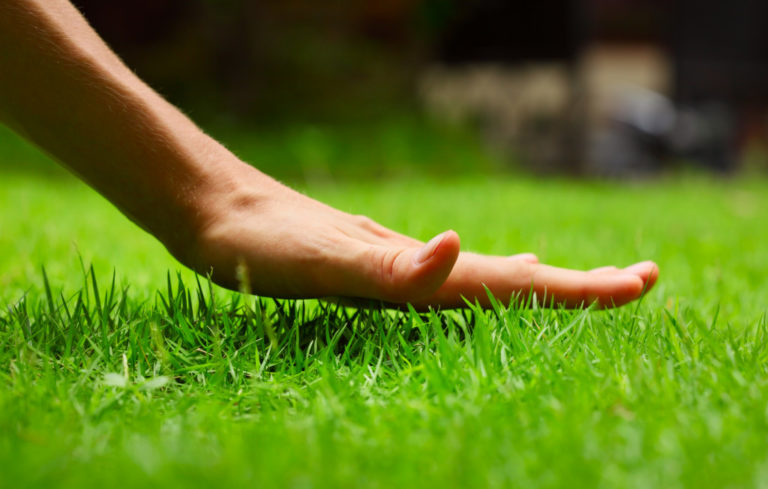Many innovative solutions today can help homeowners keep their lawns green and healthy. Lawn reticulation systems are one such solution designed to evenly distribute water through your lawn so that it gets the moisture it needs during hot summer months.
This network of sprinkler pipes evenly delivers water to your lawn. It is an efficient and affordable way to keep your property healthy without wasting water. Additionally, it can help prevent run-off because it’s an excellent erosion control technique.
If you’re unsure which type of system is best for your property, here’s everything you need to know about different lawn reticulation systems and how to choose the one that’s right for you.
Types of Lawn Reticulation Systems
Most homeowners use a combination of watering methods, such as manual irrigation or sprinkler systems. Lawn reticulation systems provide another option for distributing water throughout your lawn. There are two main types of lawn reticulation systems — underground and above-ground — and here’s how they differ:
Underground Systems
An underground system is a network of pipes buried just beneath the lawn surface, laid out in a grid system to ensure even coverage. The sprinkler heads are located at the end of each tube, and water is delivered through the pipes by a water pump. These systems are typically the best option for large lawn areas, as they are easy to install and provide a high level of coverage.
Above-Ground Systems
An above-ground system is a network of pipes anchored onto the ground by stakes. The sprinkler heads sit on the surface of the earth, and you’ll need to remove them during the winter months. You can then reinstall them in spring once your lawn is green again. These systems are typically easier to install than underground systems but aren’t ideal for large yards because they don’t distribute water evenly.

Choosing the Right Lawn Reticulation System
When choosing a lawn reticulation system, you need to consider:
Factor #1 Price
Underground systems typically cost more than above-ground systems because they provide a higher level of coverage and are easier to install. However, if you have a large lawn and don’t mind the extra cost, an underground system may be your best option.
Factor #2 Ease of Installation
As mentioned earlier, an above-ground system is easier to install. However, a lawn reticulation system that uses a network of pipes may require a professional lawn care service, mainly if your backyard is sloped or uneven.
Factor #3 Your Water Pressure
Your water pressure will determine the amount of water that your lawn reticulation system will be able to deliver. Factors such as the number of sprinklers and how far apart they are spaced will affect the water pressure. If you have low water pressure, above-ground systems may distribute your lawn’s moisture more efficiently than underground systems.
Factor #4 Coverage Area
The coverage area of a lawn reticulation system is typically measured by the number of sprinkler heads it includes. A sprinkler head typically covers a place that’s 10 feet (ca. 3 meters) in diameter, typically enough to cover a yard. A lawn reticulation system with more sprinkler heads will provide better coverage than one with fewer sprinkler heads.
Factor #5 Brand
Consider brand reputation when choosing a lawn reticulation system. You want to ensure that you’re investing in a reticulation system that is high quality and durable.
How to Get the Most Out of Your Lawn Reticulation System
Though lawn reticulation systems are designed to water your lawn for you, there are steps that you can take to ensure that your system is getting the job done.
Step 1: Use an Aerator
Aerating your lawn will help prepare it for moisture retention, ensuring that the water is absorbed into your yard instead of evaporating or running off. This process can be done before installing a lawn reticulation system to ensure optimal results.
Step 2: Adjust Your System’s Settings
If your lawn reticulation system includes a timer, make sure to adjust it so that it’s watering your lawn at the most appropriate time of day. You can also change the length of each watering session. Remember that grass only benefits from about 5-10 minutes of water each session, so you may need to increase or decrease the number of times per day your system waters your lawn to get optimal results.
Step 3: Water, Water Everywhere
When it comes to watering your lawn, more isn’t always better. Overwatering can cause harmful run-off and drown plants in your yard, so be sure to use only what you need when you water. If you want to ensure that your lawn is getting the most out of each session, use a rain gauge to measure how much water your system delivers.
By following all of these steps, you’ll be able to get better results from your lawn reticulation system. This way, you’ll never have to risk wasting water or causing damage to your lawn because of poor watering practices.

